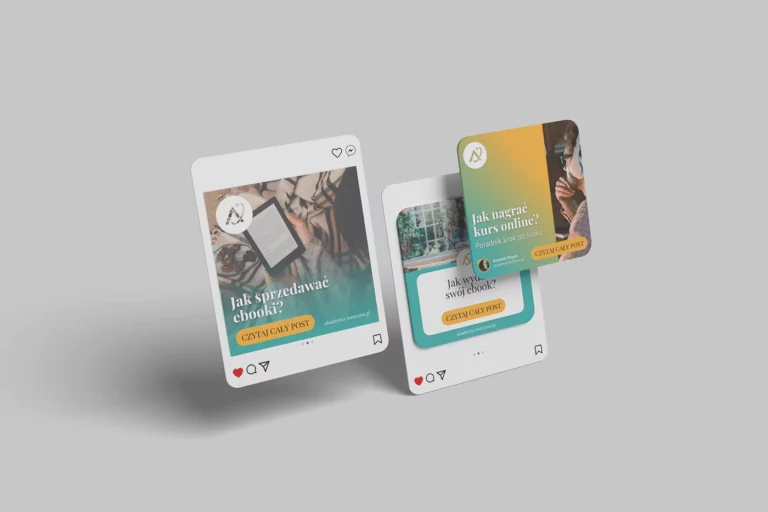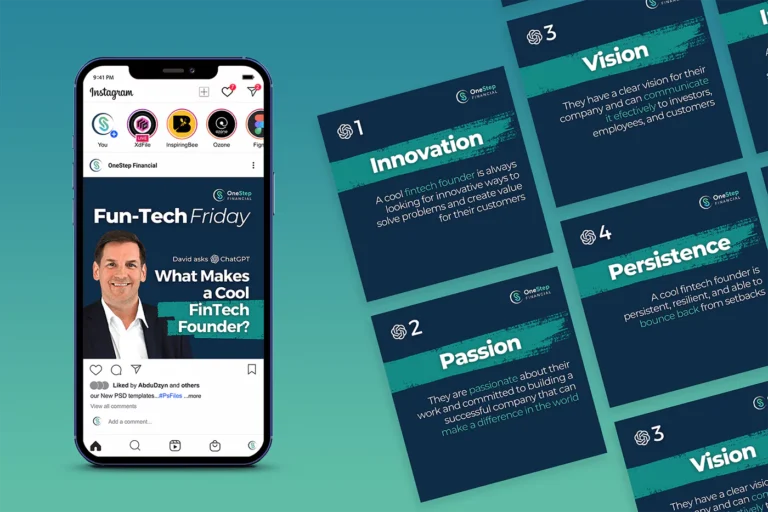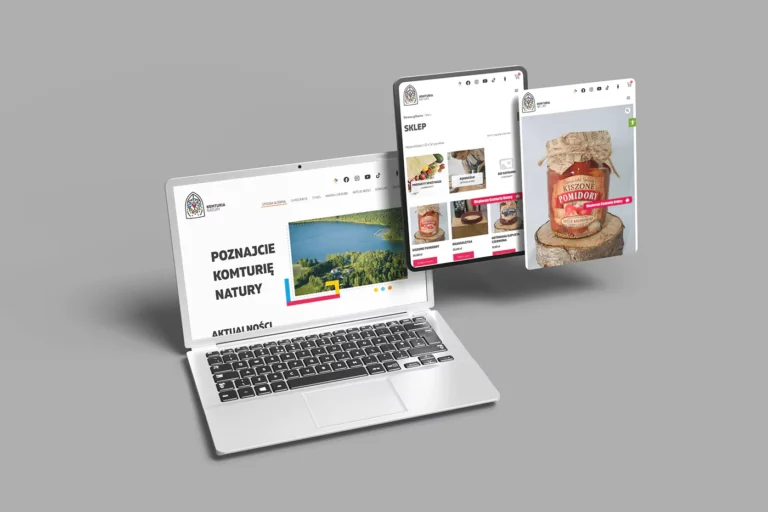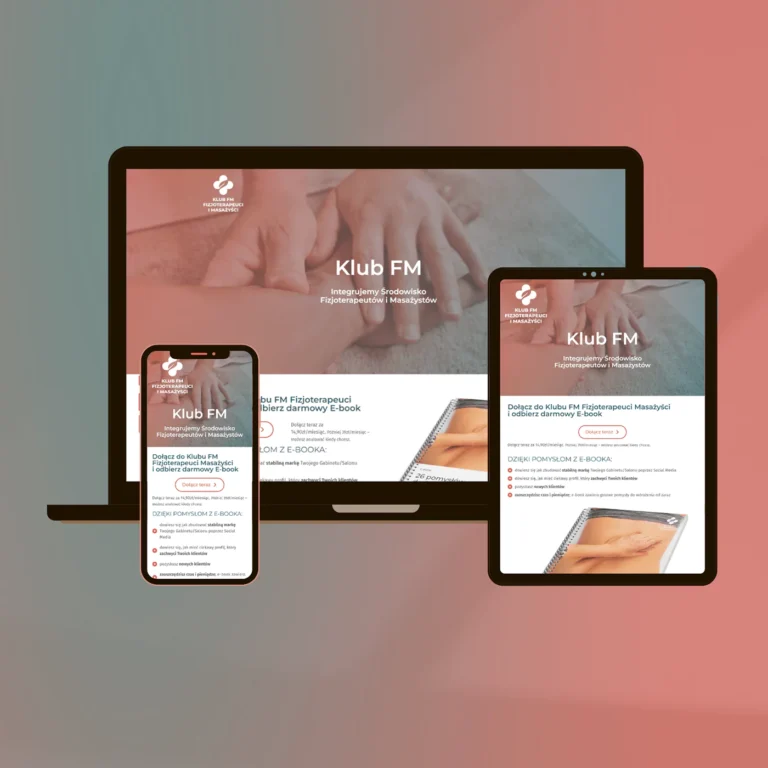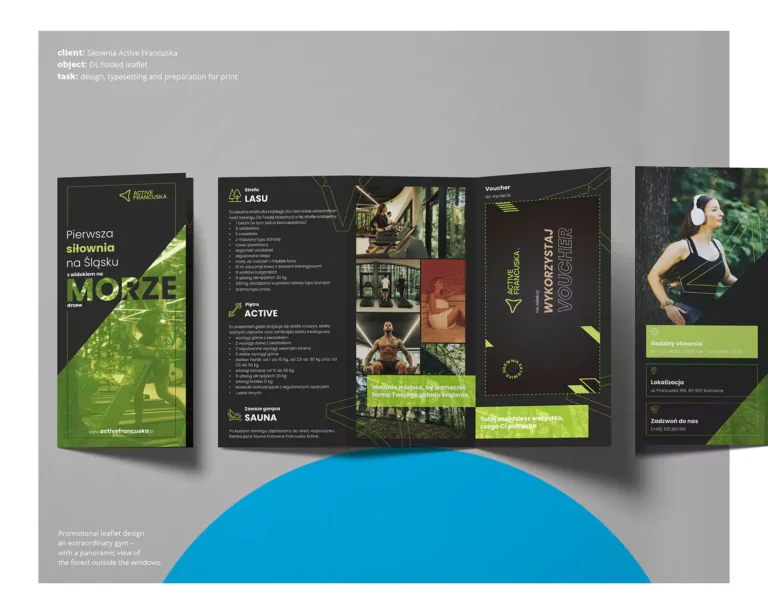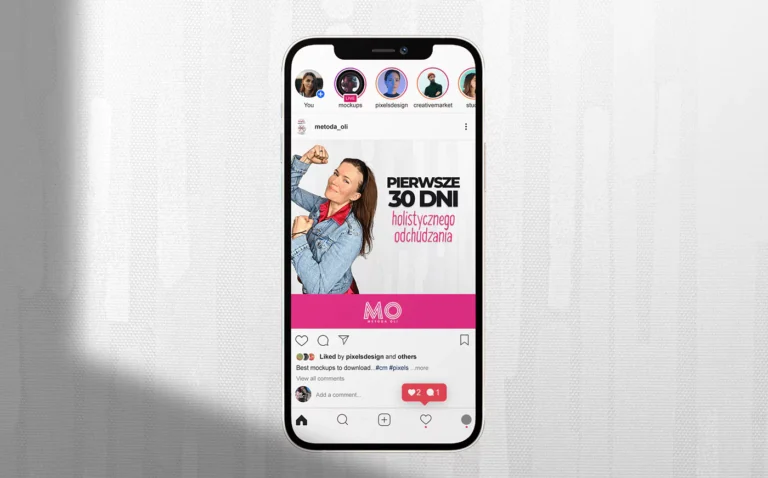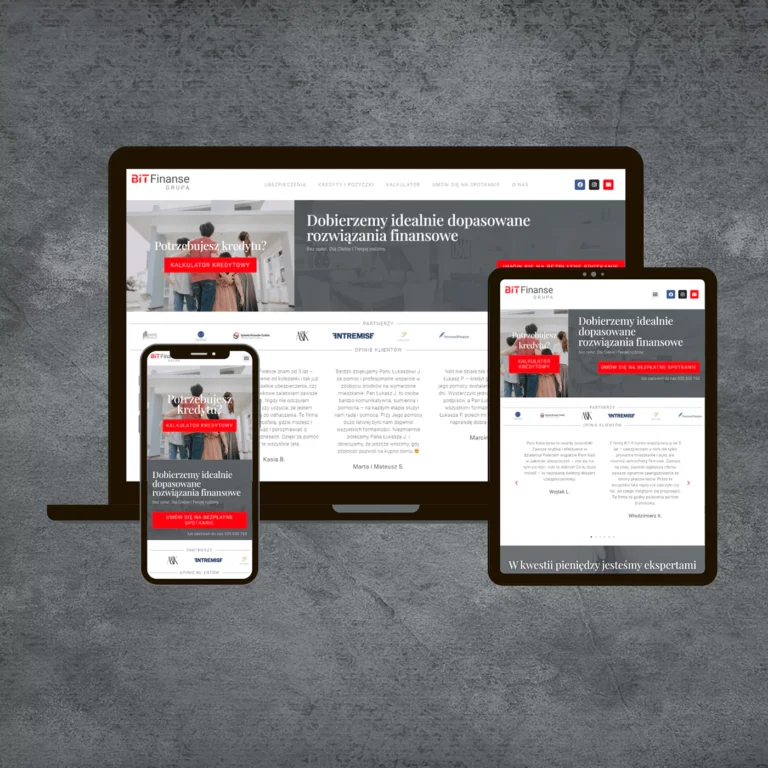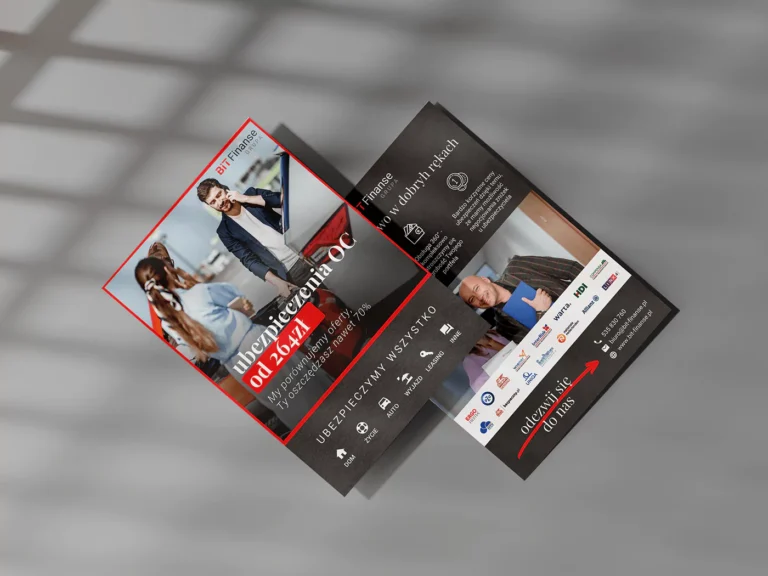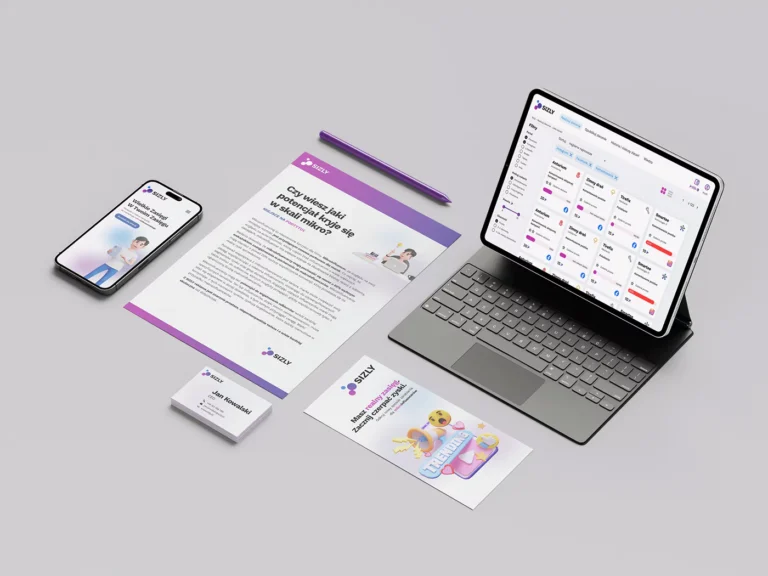Posts are units of content published on social media platforms, blogs, and other websites. They can include text, images, videos, and other multimedia that convey information, engage audiences, or promote products and services.
Post templates are pre-designed layouts that can be reused to create posts. They help maintain visual consistency and save time when creating new content.
How to Best Present Posts and Post Templates
To ensure posts and post templates are effective, they need to be well-designed and visually appealing. Key aspects include:
1. Consistency: All posts should align with the brand’s visual identity, using the same colors, fonts, and graphic styles.
2. Visual Appeal: Posts should capture attention by using high-quality images, readable fonts, and appropriate colors.
3. Readability: Information in the posts should be easy to read and understand.
4. Call to Action (CTA): Many posts should include a clear call to action that encourages audience interaction.
Designing Posts and Post Templates
Designing posts and post templates involves several key stages:
1. Understanding the Purpose: Determine what goals the posts should achieve—whether it’s to engage the audience, promote a product, inform, or educate.
2. Audience Research: Know the target audience and what appeals to them. Tailor the content and message to resonate with this group.
3. Creating Concepts: Develop several creative concepts for posts and templates. Select the best ideas for further development.
4. Selecting Visual Elements: Choose appropriate images, illustrations, icons, and other graphics that support the message.
5. Typography: Select fonts that are clear and attractive. Use different font sizes to create a hierarchy of information.
6. Color Scheme: Use colors that align with the brand, attract attention, and ensure text readability.
7. Layout and Composition: Design the layout of each post to be both aesthetic and functional. Each element should have its place and significance.
Finalizing a High-Quality Product
The process of finalizing posts and post templates involves several essential steps:
1. Proofreading and Editing: Check all text for language and grammar errors. Ensure the message is clear and consistent.
2. Feedback and Revisions: Gather feedback from the team, clients, or focus groups and make necessary adjustments.
3. Testing on Various Devices: Ensure that posts and templates are readable and attractive on different devices and screen sizes.
4. Technical Optimization: Adjust file sizes, formats, and other technical parameters to ensure fast loading and optimal performance.
5. Final Approval: Obtain final approval from all stakeholders before publishing or implementing the posts and templates.
Opportunities Related to Designing Posts and Post Templates
Designing posts and post templates offers numerous opportunities, including:
1. Marketing Campaigns: Creating consistent and visually appealing posts for advertising campaigns on social media platforms.
2. Informative Posts: Using templates for regular updates, press releases, or educational articles.
3. Promotional Posts: Designing posts that promote products, services, or special offers.
4. Interactive Posts: Creating engaging posts with quizzes, polls, or challenges.
5. Event-Specific Posts: Designing posts related to specific events, holidays, or anniversaries.
Where to Use Posts and Post Templates
Posts and post templates can be used in various contexts, such as:
1. Social Media Platforms: Facebook, Instagram, Twitter, LinkedIn, and other platforms to engage audiences and promote content.
2. Blogs and Websites: Publishing posts on blogs and websites to inform and educate readers.
3. Email Campaigns: Creating visual elements for newsletters and email campaigns.
4. Online Events: Using posts to promote webinars, live streams, and other online events.
5. E-commerce Stores: Promoting products and special offers on e-commerce websites.
Conclusion
Posts and post templates are essential elements of effective communication and promotion in digital media. Focusing on consistency, visual appeal, readability, and clear calls to action can significantly enhance their effectiveness. The design process should be thorough, involving understanding the purpose, audience research, concept development, and technical optimization. By leveraging the various opportunities and contexts for using posts and templates, well-designed posts can effectively engage audiences and support marketing goals.









